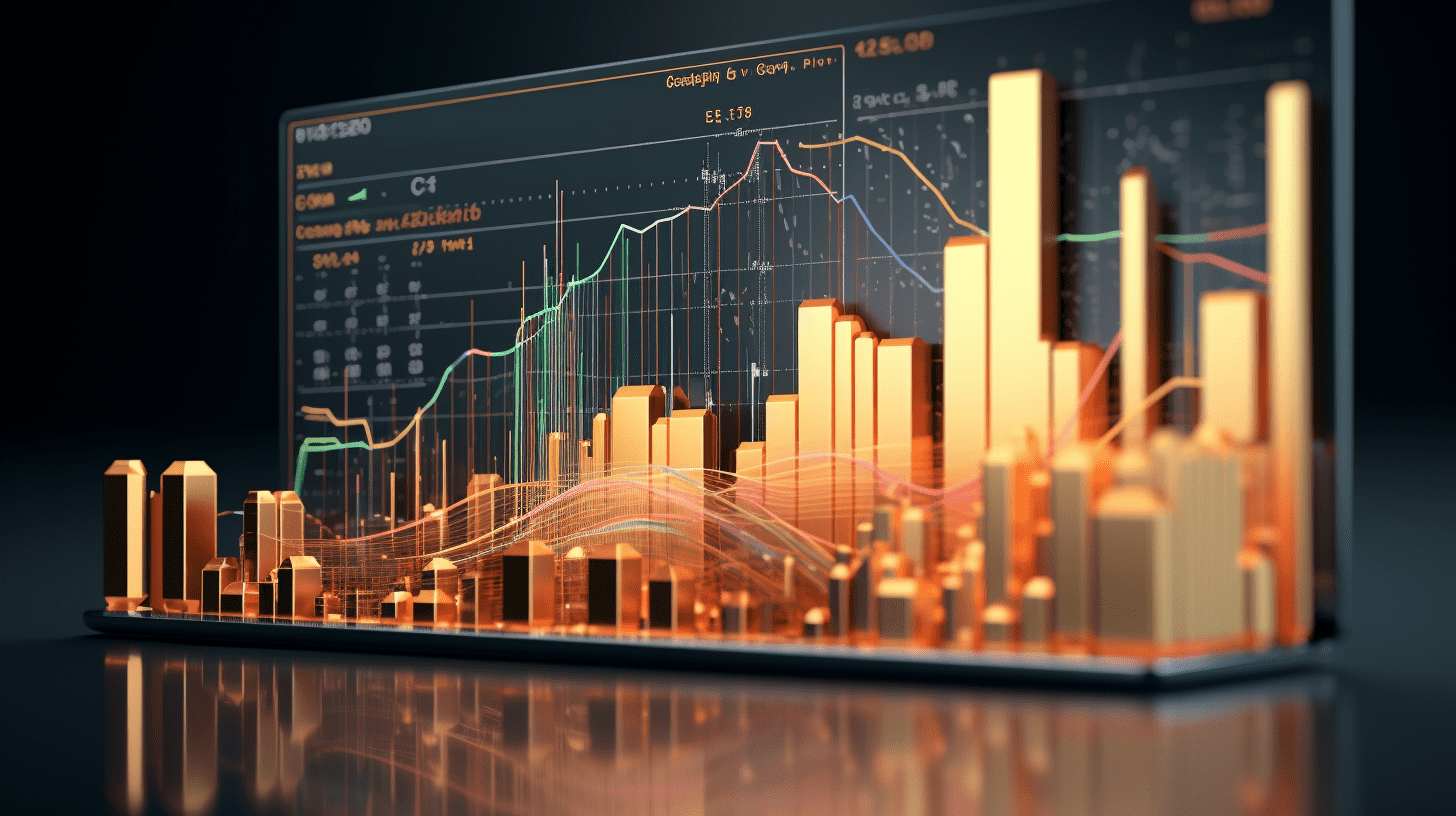Yu Weiwen once again talks about the recent dynamics of the Hong Kong dollar market: "Weak-side exchange guarantee" may be triggered again.
Hong Kong Monetary Authority Chief Executive Eddie Yue spoke again about the recent dynamics in the Hong Kong dollar market, stating that the Hong Kong-US interest rate spread remains wide, making carry trade still profitable and keeping the Hong Kong dollar close to the 7.85 level.
As of July 11th, Eddie Yue, Chief Executive of the Hong Kong Monetary Authority, once again discussed the recent dynamics of the Hong Kong dollar market. He stated that the Hong Kong-US interest rate differential remains large, making carry trade still profitable, and allowing the Hong Kong dollar to remain close to the 7.85 level. Depending on changes in the supply and demand of Hong Kong dollars, as well as other uncertainties including the US Federal Reserve's monetary policy and interest rate direction, the atmosphere in the stock investment market, external financial markets, and global capital flows, the "weak-side convertibility undertaking" may be triggered again. The magnitude and timing of this may be inevitably influenced by market conditions, especially changes in the supply and demand of funds. When the surplus decreases to a level where the supply and demand of Hong Kong dollars are roughly balanced, interest rates in Hong Kong may rise, approaching US rates more clearly, and changes in Hong Kong dollar interest rates will become more sensitive to market liquidity. Everyone should be prepared for a possible increase in Hong Kong interest rates.
After a series of "strong-side interventions," the influx of funds into Hong Kong dollars caused the Hong Kong dollar liquidity in the banking system to surge from about 45 billion Hong Kong dollars to over 170 billion Hong Kong dollars, making Hong Kong dollar liquidity very abundant, leading to a significant decline in interbank short-term interest rates and a widening of the interest rate differential with the US dollar. Taking the overnight interest rate as an example, before the "strong-side convertibility undertaking" was triggered in early May, the overnight US interest rate and the Hong Kong dollar interest rate were 4.36% and 4.30% respectively, with an interest rate differential of only 0.06 percentage points; by the end of May, the overnight US interest rate remained at around 4.35%, but the Hong Kong dollar interest rate fell to 0.03% due to abundant liquidity, widening the interest rate differential to 4.32 percentage points. In terms of the one-month interest rate, the interest rate differential widened from 0.37 percentage points in early May to 3.72 percentage points at the end of May. This level of Hong Kong-US interest rate differential is relatively high since the implementation of the Linked Exchange Rate System.
Based on the automatic interest rate adjustment mechanism of the Linked Exchange Rate System, when Hong Kong dollar funds are in excess supply, Hong Kong interest rates significantly below US rates, and market arbitrage activities where people sell Hong Kong dollars and buy US dollars will push the exchange rate towards the "weak-side convertibility undertaking" level. Looking back over the past two months, Hong Kong dollar supply has remained plentiful since the strong inflow of funds in early May, but demand has changed slightly. In May to June, there was a significant demand for Hong Kong dollar funds in the market, but by the end of June and early July, several demand factors have diminished - the peak period of dividend payments by listed companies is nearing its end, and non-local companies will repatriate or invest Hong Kong dollar funds received from new stock offerings or bond issuances, both of which involve converting some or all of the Hong Kong dollars into other currencies; in addition, the short-term demand for Hong Kong dollar funds caused by the half-year end has also ended.
With multiple factors at play, the market's demand for Hong Kong dollars has decreased, causing the Hong Kong dollar to weaken. At the same time, the widening of the Hong Kong-US interest rate differential mentioned above has stimulated market arbitrage activities. When large-scale arbitrage activities occur on individual days, the Hong Kong dollar exchange rate weakens further to 1 US dollar to 7.85 Hong Kong dollars and triggers the "weak-side convertibility undertaking," prompting the Hong Kong Monetary Authority to sell US dollars and buy Hong Kong dollars as requested by banks. Since the end of June, the Hong Kong dollar has triggered the "weak-side convertibility undertaking" multiple times, with the most recent occurrence on the morning of July 11th HKT, resulting in the surplus falling to about 101.2 billion Hong Kong dollars. As Hong Kong dollar liquidity gradually tightens, interbank interest rates on the Hong Kong dollar have started to react and have slightly increased, for example, the one-month interbank interest rate has gradually risen to 1.08% today (July 11th), and the overnight interbank interest rate has adjusted slightly upwards from near zero to 0.09%.
The interplay between Hong Kong dollar liquidity and interest rates is in line with the design of the Linked Exchange Rate System. Recently, due to the significant Hong Kong-US interest rate differential, there have been some doubts about the operation of the Linked Exchange Rate System. It is important to emphasize that the primary policy objective of the Linked Exchange Rate System is to maintain the stability of the Hong Kong dollar exchange rate, rather than targeting interest rates, as the latter is also influenced by the supply and demand of Hong Kong dollar funds apart from US rates. The recent changes in the Hong Kong dollar exchange rate and interest rates precisely reflect the normal operation of the Linked Exchange Rate System.
In the current uncertain global economic and financial environment, with frequent changes in capital flows, citizens should carefully assess their financial situation and risk tolerance when making decisions on property ownership, investment, or borrowing, and should be aware that Hong Kong interest rates may rise in the future. The Hong Kong Monetary Authority will continue to closely monitor changes in the financial market and maintain Hong Kong's monetary and financial stability through the effective operation of the Linked Exchange Rate System.
Related Articles

The decrease in natural gas prices has driven Germany's gas storage levels to an important milestone.

Hong Kong Development Bureau: It is estimated that approximately 6000 private residential units will be provided in the first half of the 2025-2026 fiscal year.

Amid the surge of the US stock market, ominous signs appear. Will the selling pressure suggest a looming correction?
The decrease in natural gas prices has driven Germany's gas storage levels to an important milestone.

Hong Kong Development Bureau: It is estimated that approximately 6000 private residential units will be provided in the first half of the 2025-2026 fiscal year.

Amid the surge of the US stock market, ominous signs appear. Will the selling pressure suggest a looming correction?






